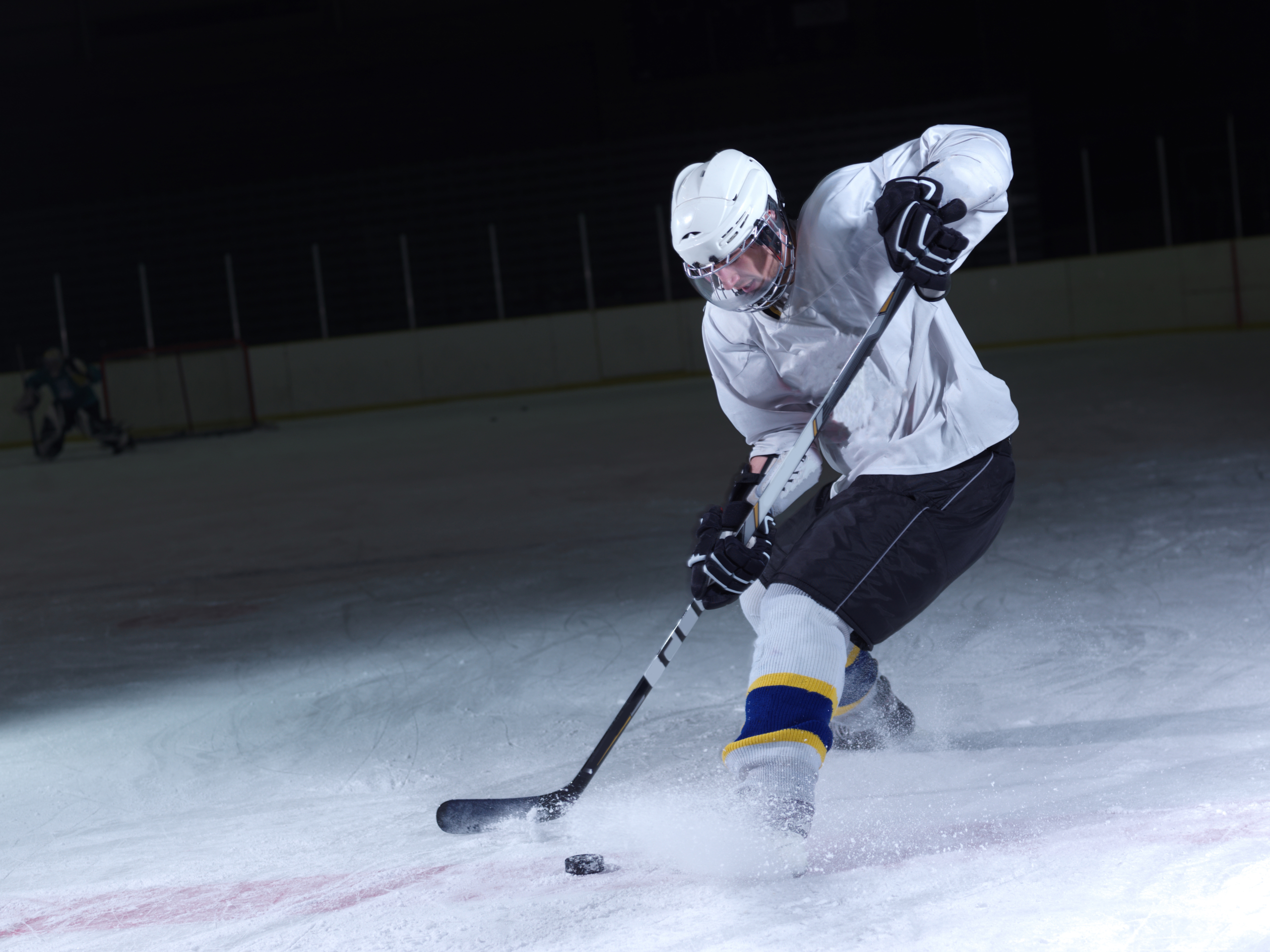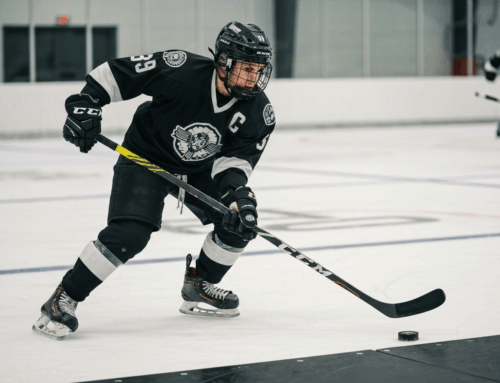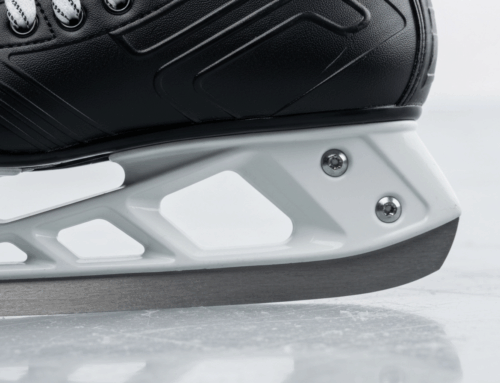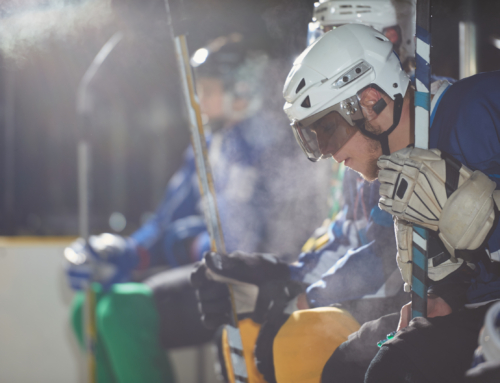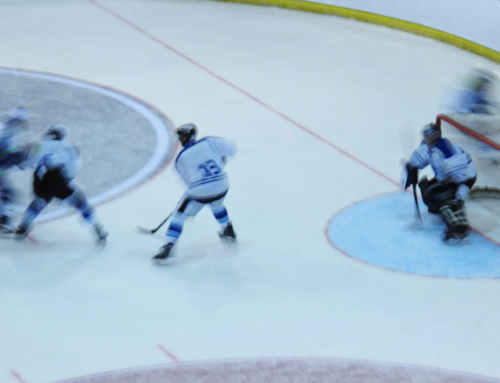Charlotte Hockey Lab Presents: Your Essential Guide to Extend the Lifespan of Your Hockey Gear
Introduction: Why Your Hockey Gear Needs Proper Care
As a hockey player, you invest significantly in your equipment. From skates to pads, each piece plays a crucial role in your performance and safety on the ice. However, without proper care and attention, even the highest quality gear can quickly deteriorate, leading to reduced effectiveness, discomfort, and premature replacement. Learning how to properly extend the lifespan of your hockey gear is not just about saving money; it’s about maintaining peak performance and ensuring a safe, enjoyable experience every time you hit the rink. This guide from Charlotte Hockey Lab will walk you through essential maintenance practices that will keep your equipment in top shape, season after season.
The Importance of Regular Maintenance for Performance and Safety
Regular maintenance is more than just a chore; it’s a vital part of being a hockey player. Neglected gear can become a breeding ground for bacteria, leading to unpleasant odors and potential skin infections. Beyond hygiene, damaged or poorly maintained equipment can compromise your safety. Pads that lose their integrity offer less protection, skates with dull blades affect your agility, and a worn-out stick can hinder your shot accuracy and power. By consistently cleaning, drying, and inspecting your gear, you ensure that every component performs as intended, providing the support and protection necessary for competitive play. This proactive approach helps to prevent minor issues from becoming major problems, ultimately contributing to a longer, more effective life for your hockey equipment.
Mastering Cleaning and Drying Techniques for Every Piece of Equipment
The foundation of extending your gear’s life lies in effective cleaning and drying. Sweat and moisture are the primary culprits behind material degradation and bacterial growth. After every practice or game, follow these essential steps:
- Immediate Airing: Never leave sweaty gear balled up in your bag. Immediately unpack everything and hang it to air dry. This is the single most important step to prevent mold and mildew.
- Thorough Drying: While airing out helps, consider investing in a dedicated hockey equipment drying rack or using a fan to circulate air. Ensure all items are completely dry before storing them.
- Regular Cleaning:
- Protective Gear (pads, pants, gloves): Many modern pads and pants can be machine washed on a gentle cycle with cold water and a mild, sports-specific detergent. Always check manufacturer labels first. For gloves, hand washing with mild soap is often recommended to protect the palms. Avoid using bleach, as it can damage materials.
- Helmets: Wipe down the shell and interior padding with a damp cloth and mild soap. Ensure all parts are dry before reassembling.
- Skates: Wipe down blades and holders immediately after use to prevent rust. Remove insoles to allow the boots to dry thoroughly. Avoid machine washing skates.
- Odor Control: Use antibacterial sprays designed for sports equipment to combat odors and kill bacteria that thrive in damp conditions. Baking soda can also be placed in gear bags to absorb moisture and smells.
Optimal Storage Solutions to Extend the Lifespan of Your Hockey Gear
How you store your gear between uses is almost as important as how you clean it. Proper storage prevents unnecessary stress on materials, helps maintain shape, and keeps everything organized.
- Ventilated Space: Store gear in a cool, dry, and well-ventilated area. Avoid damp basements, hot garages, or leaving it in your car trunk, as extreme temperatures and humidity accelerate degradation.
- Dedicated Rack or Area: Utilize a hockey gear drying rack or create a designated area where each piece can hang freely, allowing for maximum air circulation. This prevents compression and deformation of pads.
- Skate Storage: Always use skate guards when transporting or storing skates to protect the blades from nicks and prevent rust. Store skates upright to maintain their shape.
- Stick Care: Store sticks in a climate-controlled environment, ideally hanging them to prevent warping. Avoid leaning them against walls where they might bend over time.
Proactive Prevention: Avoiding Common Gear Damage
Preventing damage before it occurs is key to making your hockey gear last. Small habits can make a big difference.
- Correct Fit: Ensure all your gear fits properly. Ill-fitting equipment can lead to premature wear due to improper stress distribution and can also compromise safety.
- Respect the Gear: Avoid sitting on your helmet or stepping on pads. Treat your equipment with care, both on and off the ice.
- Temperature Extremes: Do not leave your gear in extremely hot or cold environments (like a car trunk in summer or winter) for extended periods, as this can degrade plastics, foams, and adhesives.
- Blade Protection: Always use skate guards off the ice to protect your blades and prevent damage.
DIY Fixes: Repairing Minor Issues on Your Hockey Equipment
Minor wear and tear are inevitable, but many small issues can be addressed with simple DIY fixes, further helping you to extend the lifespan of your hockey gear. This proactive approach can prevent minor damage from escalating into major repairs or necessitating early replacement.
- Stitching Repairs: For small rips or loose seams on jerseys, pads, or gloves, a needle and strong thread can work wonders. Reinforced stitching can prolong the life of areas prone to wear.
- Velcro Replacement: Worn-out Velcro straps are a common issue. You can often purchase replacement Velcro and sew or glue it onto your pads, restoring their secure fit.
- Skate Laces: Replace frayed or broken skate laces immediately. Carrying spare laces in your bag is always a good idea.
- Tape Jobs: Regularly re-tape your stick blade and handle. Fresh tape provides better grip and feel, and helps protect the stick itself from wear.
For more significant damage, such as deep cracks in protective plastic or extensive tears in critical areas, consult with a professional hockey equipment repair specialist. Attempting complex repairs without the proper tools or expertise can worsen the problem or compromise the gear’s protective qualities.
When to Replace: Identifying Worn-Out or Unsafe Components
Despite your best efforts, all hockey gear has a finite lifespan. Knowing when to replace components is crucial for both performance and, more importantly, safety.
- Helmets: Hockey helmets have an expiry date, typically stamped on the inside. Even without visible damage, the protective foams and plastics can degrade over time. Replace your helmet according to the manufacturer’s recommendations or if it sustains a significant impact.
- Protective Pads: Inspect shoulder pads, elbow pads, shin guards, and pants regularly for cracks in the plastic, thinning foam, or stretched elastic. If the protective elements are compromised, they won’t absorb impact effectively.
- Skates: Look for cracks in the boot, excessive ankle breakdown, dull or rusting rivets, and severely worn-down steel runners. A good rule of thumb for runners is replacement when they get too short from repeated sharpenings.
- Sticks: Cracks in the shaft, excessive flex in unintended areas, or delamination of composite materials are signs a stick is past its prime. A broken stick is not only ineffective but can also be dangerous.
- Gloves: While re-palming is an option for worn palms, if the protective foam or plastic inserts in the fingers or backhand are breaking down, it’s time for new gloves.
If you’re unsure about the integrity of a piece of gear, it’s always safer to err on the side of caution and replace it. Your safety on the ice should never be compromised by worn-out equipment.
Specialized Care for Skates, Sticks, and Protective Gear
While general care applies to all equipment, some items require specific attention to truly extend the lifespan of your hockey gear.
Skates: The Foundation of Your Game
- Post-Skate Wipe Down: Immediately after every skate, wipe down your blades and holders with a clean, dry cloth to prevent rust.
- Insole Removal: Take out your insoles after each use to allow air to circulate inside the boot and dry out moisture.
- Proper Sharpening: Regular and professional skate sharpening is vital. Improper sharpening can damage your blades and affect performance. Charlotte Hockey Lab offers expert skate sharpening services to keep your edges precise.
- Lace Care: Untie your skates completely before removing them to avoid unnecessary stress on the eyelets and laces.
Sticks: Your Offensive Weapon
- Blade Taping: Re-tape your stick blade frequently, especially if the tape is torn or worn. Fresh tape protects the blade from excessive wear and provides better puck feel.
- Shaft Care: Avoid hitting your stick against hard surfaces unnecessarily. While sticks are designed to endure impacts on the ice, abuse off-ice can lead to hairline cracks that compromise durability.
- Storage: Store sticks upright or hung to prevent warping over time, especially composite sticks.
Protective Gear: Your Shield
- Velcro and Straps: Regularly inspect all Velcro closures and straps. Clean any lint or debris from the Velcro to maintain its grip. Replace worn straps to ensure pads stay securely in place.
- Foam and Plastic Integrity: Periodically flex and inspect the foam and plastic components of your shoulder pads, shin guards, and elbow pads. Look for any signs of cracking, brittleness, or excessive compression that would diminish their protective qualities.
- Liner Care: If your gear has removable liners, wash them as frequently as recommended by the manufacturer to keep them fresh and extend the life of the main pads.
Conclusion: Invest in Care, Invest in Your Game
Maintaining your hockey gear isn’t just a chore; it’s an integral part of being a serious hockey player. By committing to regular cleaning, proper drying, intelligent storage, and timely repairs, you can significantly extend the lifespan of your hockey gear. This dedication ensures your equipment remains hygienic, performs optimally, and provides the protection you need to play your best. Invest the time in caring for your gear, and it will pay dividends in performance, comfort, and longevity on the ice.
Visit our Contact Us page.

We use only the finest ingredients to produce stellar tastes.

